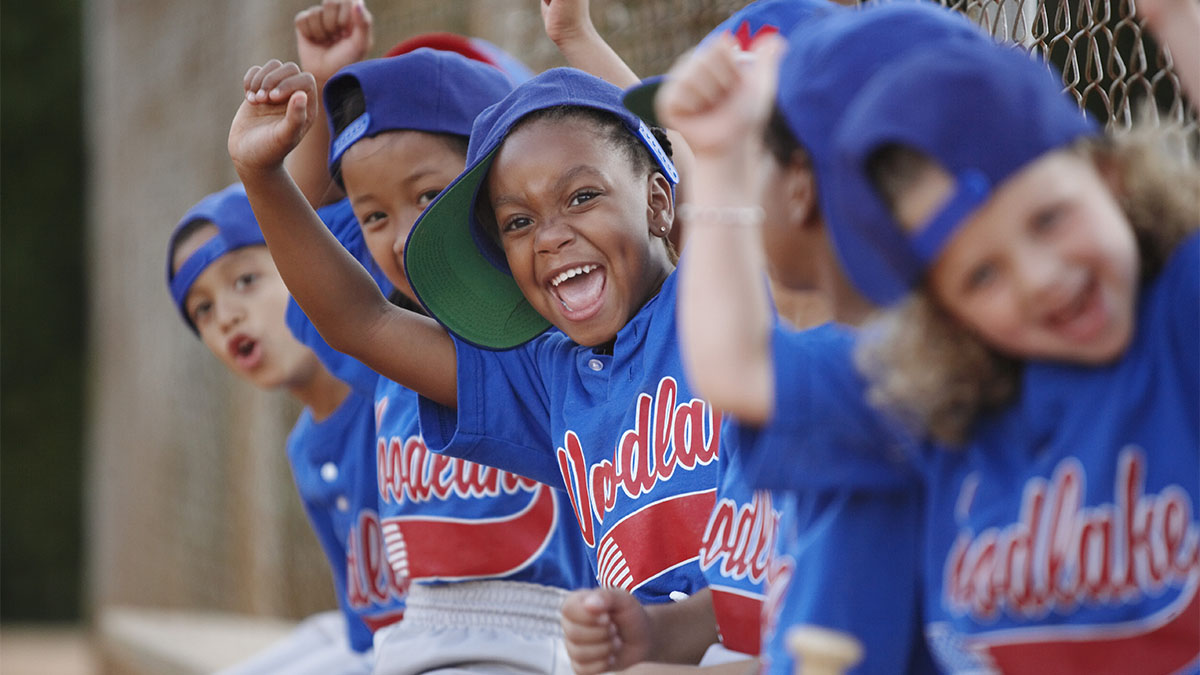Baseball participation up since 2014, especially for casual players
Why this matters
As attendance falls and ratings plateau for MLB, overall participation in baseball is rising.
While many worry about the future popularity of professional baseball, participation numbers are actually up over the past five years.
A new report detailed by the Wall Street Journal shows nearly 15.9 million people participated in baseball from local youth leagues to Major League Baseball in 2018. The report, conducted by the Sports & Fitness Industry Association, documented a 21-percent rise in that number during the period between 2014 and 2018.
The biggest leap came from those who play the game 12 or fewer times per year. That group grew by 53 percent during the five-year span.
Major League Baseball officials attribute that growth, at least in part, to the “Play Ball” program, which was launched in 2015 in conjunction with USA Baseball. The program stages events across the globe that allow children to get involved in the game. Superstar players team with league officials to compete with kids who idolize them, not only playing baseball but also stickball, Wiffle Ball and even simple games of catch as well.
The Reviving Baseball in Inner Cities (RBI) program seeks to use baseball as a means of helping young inner-city athletes avoid trouble while growing up in socioeconomically disadvantaged areas.
As the Wall Street Journal noted, tackle football participation dropped 3.4 percent during the same five-year stretch, and both hockey and soccer saw even greater declines. Indeed, sports in which parents and young athletes perceive or experience a greater risk of head injury have garnered extreme public backlash over the past several years as the NFL and other sports have dealt with brain trauma related to their players’ careers.
Over the years, football and cycling have seen a large number of victims of head injuries. Data shows they are the two most dangerous sports for head trauma, yet baseball is typically third and soccer is quite far away from the rest of the pack with far fewer head injuries than other popular youth sports. There are clearly other considerations in play for why hockey and soccer have joined football in a precipitous decline in youth participation.
While MLB attendance was down in 2018, the idea the league is falling out of favor with American sports fans doesn’t hold weight. Ratings for the regional sports networks that air local MLB games rose slightly year over year during the 2018 season, and regional coverage of baseball was the top cable program in every MLB market except Miami. Major league games dominated the ratings compared with traditional scripted programming on bigger networks, illustrating the nightly draw games still have even if the sport were to fall further away from the internet-fueled sports fan zeitgeist.
However, besides the outlier 2016 World Series, national ratings for baseball’s crowning competition have consistently fallen since the 1990s. Even the historic Game 7 in 2016, which capped the Cubs’ first title in more than a century, drew around 40 million viewers, less than half of the Super Bowl. Baseball, then, can be seen as becoming more localized if not quite as culturally insignificant as some would purport.
So long as there is a base of fans playing the game on their own and people watching games consistently, the ballyhooed evaporation of baseball appears not to be quite backed up by fact.
Brendon Kleen is a senior journalism student at Arizona State University.
To learn more about concussions, click here.


